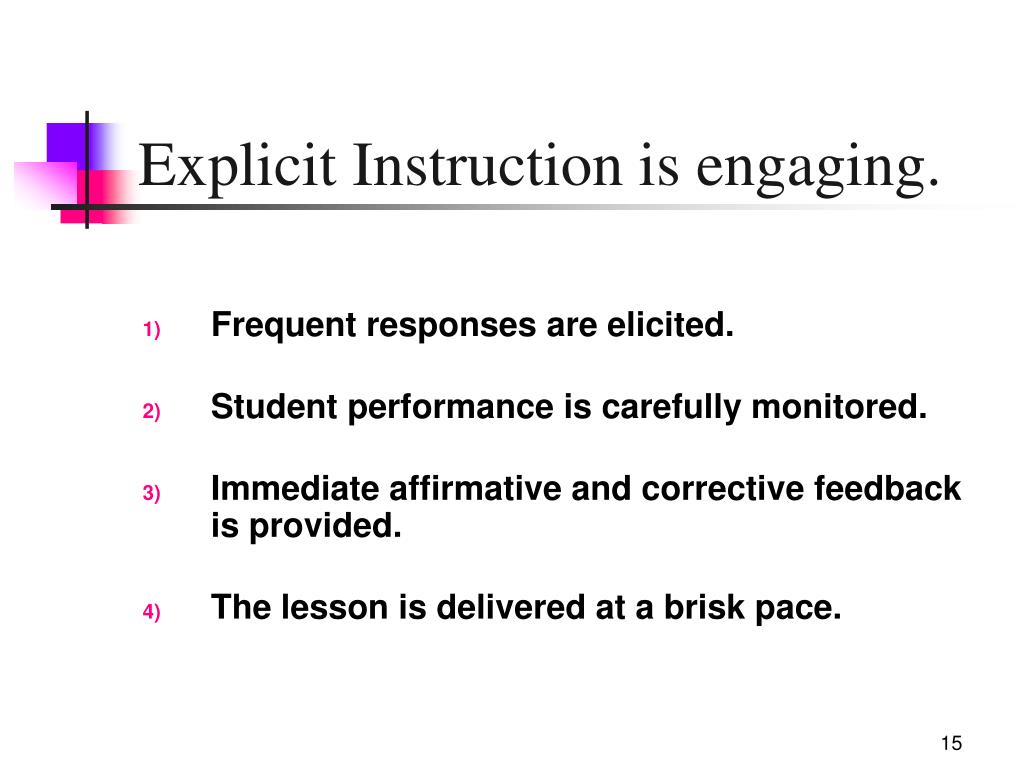

In general, you can speed up when reviewing and slow down when introducing new information. This will give you invaluable feedback about pacing. Ask questions as well as answering students’ questions. Give clear directions and set clear expectations.Ĭirculate among students as they work. Let students know how much time they have for a task.
#Maintain a brisk pace of instruction how to
How to Improve Your Instructional Pacingĭevelop classroom routines to reduce transition time.Ĭlearly delineate the task or learning objective so that students know exactly what they are learning and why they are learning it. Many students have high scores or show mastery on informal assessments such as exit slips. The volume level of the classroom is rising. Students are engaging in off task behaviors such as sharpening pencils, getting a drink, or asking to use the restroom. Signs that you may need to speed up instruction: Many students receive low scores or show lack of understanding on informal assessments such as exit slips. Students are not engaging by answering or asking questions. Students do not get to work on independent tasks quickly. Students look confused they have that “deer in the headlights” look. Signs that you may need to slow down instruction: Student signals can cue you in to the appropriate level of pacing. Effective teachers learn to read these signals and adjust their teaching as needed. They achieve these and other skills when they are developmentally ready.įortunately for us, students also give clues to their readiness to move on or need to slow down. Nor do they all walk at ten months or speak in three- word sentences at fifteen months. Every baby does not roll over at exactly four months of age. No matter how much we might like to demand that every student achieve a particular skill and a particular time, we know that is unrealistic. Pacing is also dependent on the age, developmental level, interests and skills of the students. Teachers must watch and listen to students, assess their understanding and adapt as necessary. Ultimately however, teachers know that effective instruction requires flexible pacing. Likewise, many of the curriculum programs districts adopt have pacing guidelines. Some districts have strict pacing requirements, others offer pacing suggestions. Move too slowly and some students will become bored and opportunity for learning diminishes. Instructional pacing can be difficult- move too fast and you leave students behind. Determining the pace of instruction can be a challenge for both beginning teachers and experienced teachers.


 0 kommentar(er)
0 kommentar(er)
